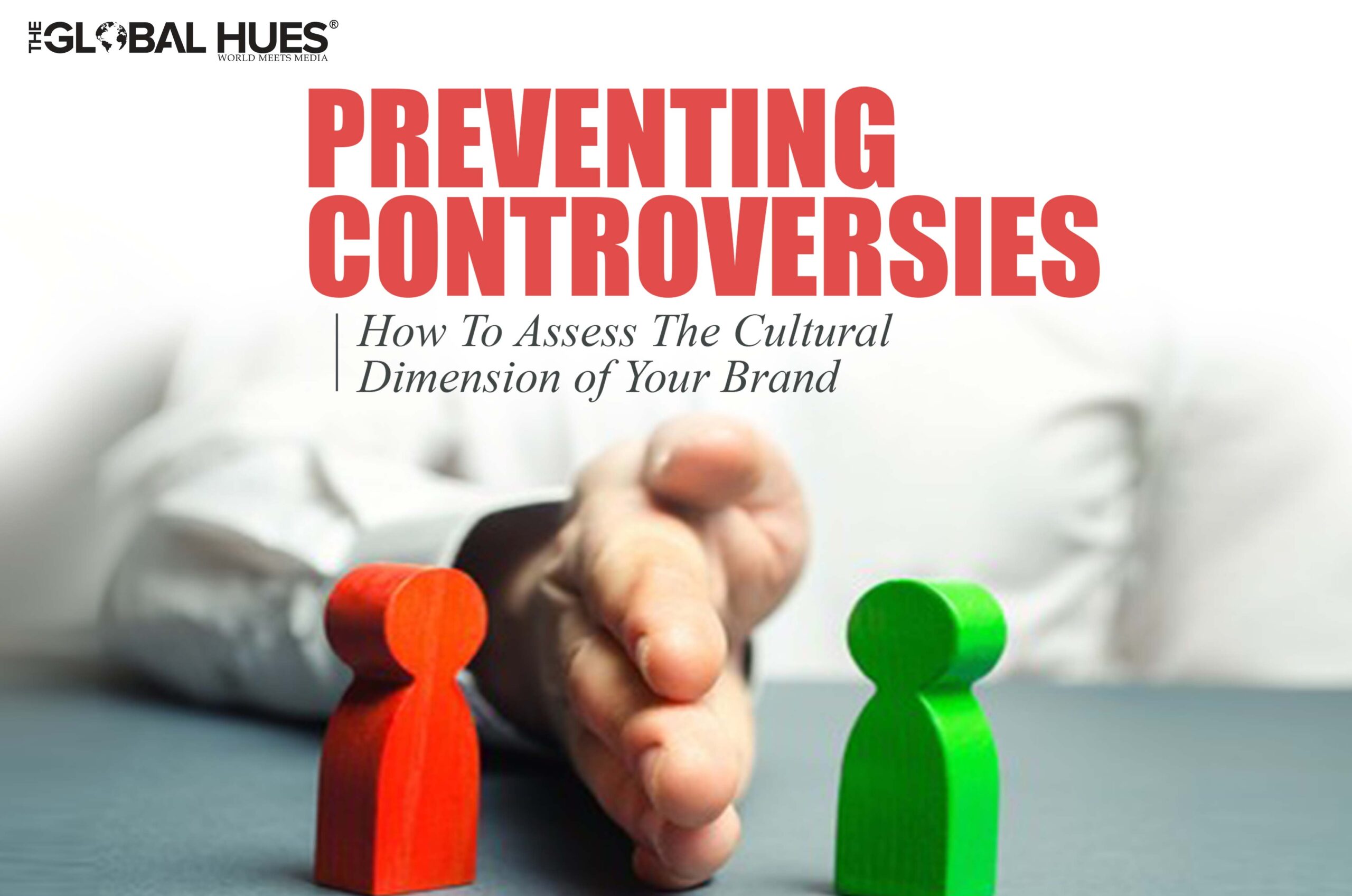Marketing and advertising have a lot of power and influence over cultivating and engineering our cultural consciousness, but with that power comes great responsibility. Hence, it is crucial that brands avoid including culturally inflammable ideas in their branding.
1. Ecommerce has vastly changed the way we purchase goods and services, and social media has made an assertive impact on the way brands communicate with their customers. Misunderstanding the cultural needs of a new market can have a negative impact on how your product or service is received by your audience. In the past, advertising used to entertain a faulty idea that it was not to be held accountable for the kinds of words and images they put out in the world because they just sell stuff or products, however, today, we know better. There must be a greater social responsibility for anything that shapes content, images, and ideas in our minds, gives us a representation of the reality to consume, dreams to desire and aspire to, and uses our minds as canvases to project corporate interests, it is the brand’s responsibility to portray something that does not create a negative image.
2. Cultural sensitivity is the awareness of specific cultural factors that can impact research. For brands, it requires marketing teams to be aware of local cultural nuances and develop appropriate messaging that engages their target audience. In western markets, moving away from gender stereotypes is probably one of the most common trends that brands are adopting when engaging with consumers. Marketers are beginning to reflect that modern 21st-century consumers live more diverse, nuanced lives and aren’t necessarily governed by the traditional gender roles of the past.
3. Brands now more than ever before need to catch up with the evolution of society, or they could face the risk of being irrelevant. Simply, if brands fail to shift with the flow of culture and optimize/transform the meanings they embody or represent and send to the world, their advertising will not be prominent. And as relevance is internally connected or tied to brand value, they have a lot to lose. Brands are all about meaning as meaning is what includes their long-term value and equity.
4. “Brands that are serious about engaging with consumers in foreign markets need to offer a more culturally relevant connection with their audience.” That’s a statement discovered in a study commissioned by CMO Council, which looked at how successful global brands – including PepsiCo, Visa, and Johnson & Johnson – use cultural sensitivity in order to stand out from the crowd and innovate, add value to their brand and remain relevant to their international customers.
5. Cultural sensitivity is the awareness of specific cultural factors and to display them in their campaigns in an informed manner as it influences research. For brands, it requires marketing teams to be well known of local cultural nuances and develop appropriate messaging that engages their target audience.
6. Surprisingly, brand owners and marketers can not be blamed entirely for the brand gaffes and social lapses, the brands they manage often make. In this new era of cultural and digital complexity, it’s especially easy for brands to fall into these traps or step on the landmines that were buried deep in our shared cultural consciousness a long time ago. Unfortunately for brands that stumble, social media brings a rapid effect, in this case, almost exclusively a negative one.
7. There’s also been a growing focus on moving away from marketing products directly to boys and girls as conversations around gender-related issues become common and important among younger generations, parents, and the LGBTQ+ community.
8. Preventing the damage will always be more effective or beneficial and less costly in the long run than blindly following a campaign strategy without a proper cultural contextualization. It’s easy to fall prey to your own lack of understanding of how the meanings that your idea elicits might then play out in the larger scheme of culture – the very same culture that your brand value is vitally tied to.
9. One unskilled maneuver or campaign can easily trigger decades and even centuries-old pain points and repressed grieves pick up unhealed historical wounds and recall past traumas, racial injustices, and other painful memories. This is what happens when you push the buttons of culture. History sleeps, but it can be easily awakened when provoked. The past, present, and future all coexist and proceed to move along as we do. They are carried and settled in people’s minds throughout their lives. The past contains a reference to our actions and creates a reservoir of memories that we compare our dreams, wishes, and behaviors to. The separation of time can be called an illusion when it comes to culture – your past, present, and future all exist at once and is being transmitted through the codes and values your brand chooses to communicate and through the meanings it embodies and represents, whether intentionally or unintentionally.
10. This is the main reason why brands should avoid depicting problematic, challenging, or otherwise perplexing cultural concepts that cause difficulty to navigate unless they have a solid foundation, an in-depth understanding of cultural evolution, and a stellar point of view. For brands that are not so fortunate with weaker positions, these lapses can be prevented with a well-planned cultural strategy.




